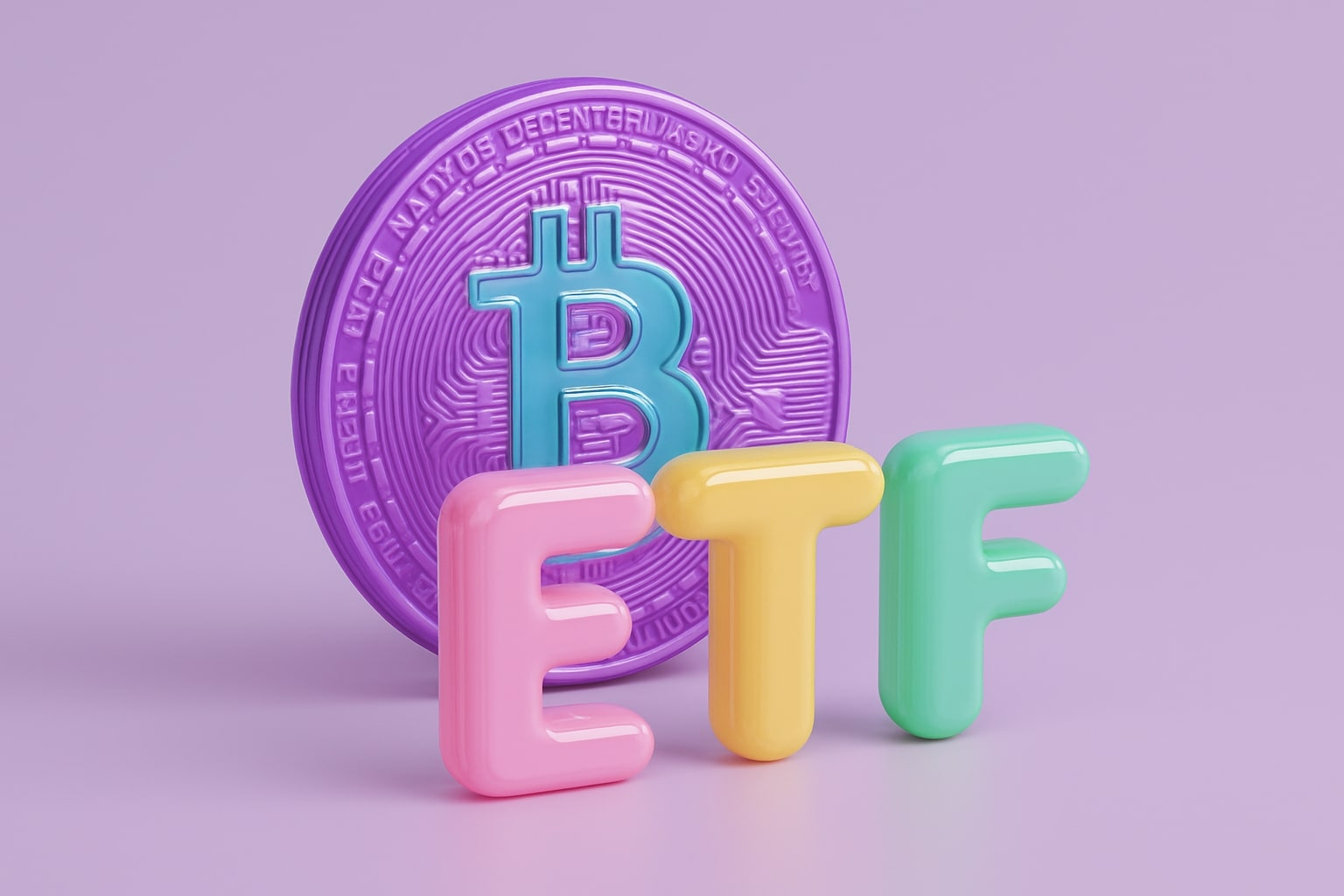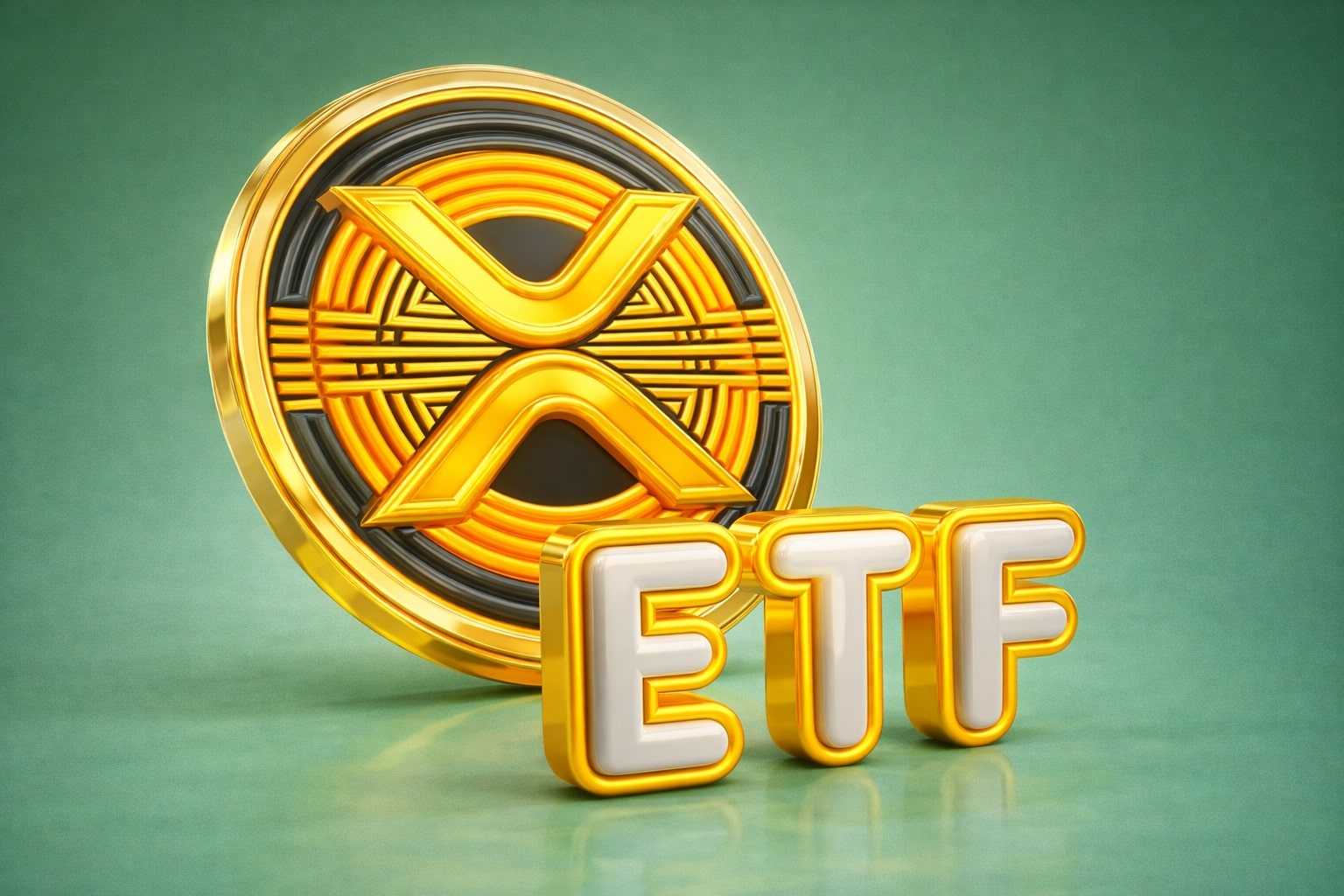
Bitcoin (BTC-USD) ETF Inflows Top $250M as Ethereum Funds Face Heavy Outflows
BlackRock’s IBIT drives ETF momentum with $434M inflows. BTC holds $110K, while Ethereum ETFs lose $766M amid risk-off sentiment and Fed uncertainty | That's TradingNEWS
Bitcoin (BTC-USD) ETF Flows Signal Diverging Market Sentiment
Spot Bitcoin ETF Inflows Outpace Ethereum Outflows
The U.S. spot Bitcoin ETF market registered weekly net inflows of $250.3 million, countering a backdrop of macroeconomic stress and daily redemptions. The inflows were led by BlackRock’s iShares Bitcoin Trust (IBIT), which absorbed $434.3 million over the week, expanding assets under management to nearly $58.6 billion. Other positive contributors included Grayscale’s Bitcoin Mini Trust (BTC) with $33.2 million and Fidelity’s FBTC adding $25.1 million. Offsetting part of the gains, outflows from ARKB, BITB, and GBTC totaled $228.1 million, leaving net flows positive. The divergence is stark when compared with Ethereum, where U.S. spot ETFs recorded $766.3 million in outflows, including $446.8 million in a single session on September 5, marking a sharp reversal from August’s $3.87 billion inflows.
BTC Price Reaction and Market Positioning
Bitcoin (BTC-USD) closed at $110,263 on September 6, down 0.39% on the day but maintaining support above the $110,000 threshold for the second consecutive session. Despite two consecutive weeks of net inflows, BTC remains 2% lower month-to-date and well below the August 14 peak of $123,731. Year-to-date gains are intact, but the divergence versus the S&P 500 (+1.52% weekly) and gold (+7.43% weekly) has raised questions over whether Bitcoin can reassert its “digital gold” narrative. Analysts from Santiment argue that BTC typically “catches up” when it lags equities and safe havens, suggesting a potential near-term rebound if ETF inflows persist.
Institutional Holdings and Supply Concentration
Spot Bitcoin ETFs and ETPs now control 1.47 million BTC, representing 7% of Bitcoin’s maximum supply of 21 million. U.S.-listed ETFs account for 1.29 million BTC of this figure. IBIT leads with 746,810 BTC under custody, followed by Fidelity’s FBTC at nearly 199,500 BTC. Global Bitcoin ETPs added over 170,000 BTC between December 2024 and September 2025, worth nearly $19 billion at current prices. However, August saw net outflows of $749.2 million, reminding investors that institutional flows remain highly cyclical and sensitive to both U.S. monetary policy and regulatory momentum.
Read More
-
SCHG ETF Near $33 High As AI Giants Drive 19% 2025 Rally
01.01.2026 · TradingNEWS ArchiveStocks
-
XRP-USD Stuck At $1.87 As XRPI Near $10.57 And XRPR Around $14.98 Despite $1.16B ETF Wave
01.01.2026 · TradingNEWS ArchiveCrypto
-
Natural Gas Price Forecast - NG=F Slides Toward Key $3.57 Support As Ng=F Extends 33% Drop
01.01.2026 · TradingNEWS ArchiveCommodities
-
USD/JPY Price Forecast - Yen Near 156 As Fed Cuts Meet Boj Hawkish Turn
01.01.2026 · TradingNEWS ArchiveForex
Macro Drivers Behind ETF Activity
U.S. labor market weakness remains the key macro driver behind recent ETF flows. Nonfarm payrolls in August added only 22,000 jobs, well below the expected 75,000, with unemployment rising to 4.3%. This reinforced bets that the Federal Reserve may cut rates further in 2025, with some markets pricing in a larger cut probability near 12%. Investors positioned Bitcoin ETFs as a hedge against stagflationary risks, rotating out of Ethereum products despite the GENIUS Act earlier this year, which offered regulatory clarity for ETH-related funds. Meanwhile, capital also shifted into gold, which surged above $3,600, signaling a broader safe-haven bid.
Volatility and Short-Term Scenarios
Technically, Bitcoin trades below its 50-day EMA but holds above the 200-day EMA, leaving $107,500 as the first line of support and $100,000 as the key psychological floor. Upside momentum requires reclaiming $115,000, which would open a retest of the $123,731 high. The bullish case hinges on sustained ETF inflows, dovish Fed communication, and bipartisan progress on the Market Structure Bill in Congress. The bearish risk centers on renewed outflows, hawkish Fed rhetoric, and September’s historically weak seasonality for Bitcoin.
Institutional Treasury Adoption Adds a New Layer
Corporate treasury moves underscore how ETF adoption is broadening. Figma allocated $91 million, or 5.7% of its treasury, into Bitcoin ETFs following its July IPO, signaling growing comfort with regulated exposure. However, the stock sold off nearly 20% on the announcement, reflecting ongoing investor skepticism toward corporate crypto exposure. This differs from MicroStrategy’s direct Bitcoin balance sheet strategy, but it shows the ETF market’s role as a bridge between institutions and digital assets.
Comparative Position Against Ethereum and Altcoins
The Bitcoin vs. Ethereum ETF flows underline a shifting preference. While ETH-USD remains above its 50-day EMA near $4,085, persistent outflows have weighed on its price, which settled at $4,275, down 2.54% on the week. Ethereum had outperformed in August, drawing billions in inflows, but the reversal highlights Bitcoin’s relative resilience when investor caution rises. Altcoin-related ETF proposals, including Solana and XRP, are also awaiting SEC decisions, with as many as 92 crypto ETF applications pending, creating a crowded and competitive backdrop for BTC’s dominance.
Investment Assessment
Bitcoin ETF flows suggest a resilient but fragile recovery structure. With $250 million in inflows supporting BTC around $110,000, institutional demand remains alive but inconsistent. Concentrated holdings in IBIT and FBTC highlight the growing centralization of ETF-driven liquidity. Against a backdrop of economic slowdown, gold outperforming, and equities climbing, Bitcoin must prove it can reclaim safe-haven demand through continued ETF inflows. The valuation gap from its highs suggests asymmetric potential: upside toward $123,000 if momentum holds, downside toward $100,000 if redemptions return. For now, Bitcoin holds a cautious Buy rating with ETF activity providing a clear short-term floor, but execution risk tied to macro volatility remains elevated.

















